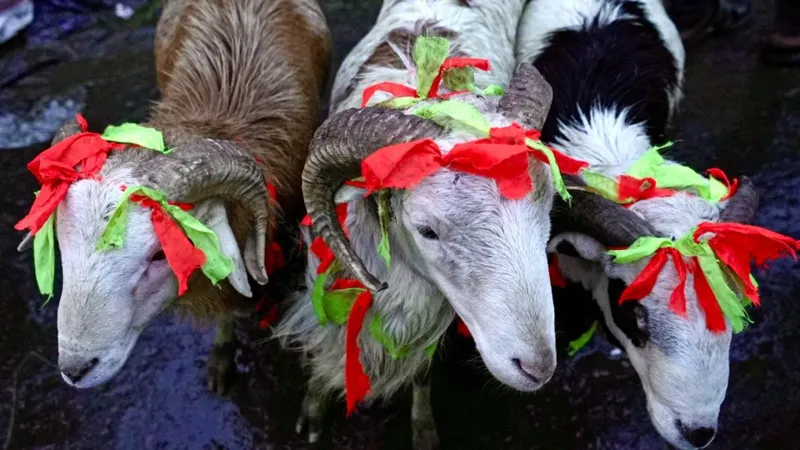In 1582, Pope Gregory XIII revolutionized timekeeping by introducing the Gregorian Calendar, which remains the global standard today. This reform aimed to fix the inaccuracies of the Julian Calendar, in use since its creation by Julius Caesar in 46 B.C.
The Gregorian Calendar's main objective was to harmonize the solar year with how days were counted, ensuring precision in timekeeping.
Ethiopia, however, chose to preserve its ancient calendrical traditions. The country uses its own system based on the Alexandrian Calendar, also shared by the Coptic Christians of Egypt. Unlike most nations that adopted the Gregorian reforms in 1582, Ethiopia kept its unique way of measuring years, rooted in history and culture.
One striking difference in Ethiopia's calendar arises from a variation in calculating the Annunciation of Christ. In Ethiopian tradition, Christ’s birth year is believed to be seven years earlier than the date determined by the Gregorian Calendar and Greek calculations, placing Ethiopia's current year approximately 7-8 years behind the rest of the world.
The Gregorian reform of 1582 involved drastic measures to align time accurately with the solar cycle. Pope Gregory XIII removed 10 days from October that year, leaping directly from October 4 to October 15. This adjustment helped synchronize the months and seasons but was not adopted by Ethiopia.
Countries worldwide welcomed the Gregorian Calendar changes, marking a universal shift in timekeeping. Ethiopia, alongside Egypt's Coptic Christians, opted to retain the Alexandrian/Julian system, underlining the country’s dedication to its ancient roots.
The Ethiopian Calendar is a fascinating system with a total of 13 months. Twelve months consist of 30 days each, while the 13th month, called Pagumē, has 5 or 6 days depending on whether it’s a leap year. This structure mirrors the Gregorian system, where February gains an extra day during leap years.



Welcoming the Ethiopian New Year, also known as Enkutatash, is a vibrant and joyous celebration, held annually on September 11 or September 12. With traditional music, food, and festivities, it’s a cultural event unlike any other.
